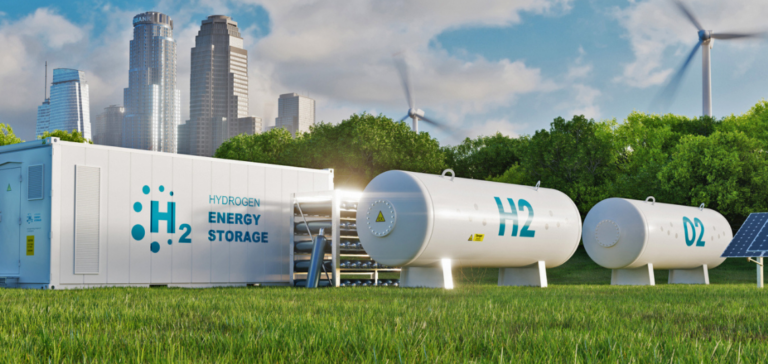Europe is witnessing an industrial revolution, with the rise of green hydrogen as a pillar of the energy transition. At the heart of this transformation is an ambitious project to produce green hydrogen in industrial quantities, a crucial initiative to decarbonize heavy industry. The installation of Europe’s largest electrolyzer symbolizes this project.
Thyssenkrupp and the Green Steel Revolution
Against this backdrop, green hydrogen is seen as a promising alternative to fossil fuels in key sectors such as the steel industry. In fact, German steelmaker Thyssenkrupp is planning to transform its historic blast furnaces by adopting this technology. The use of hydrogen for the direct reduction of iron ore could revolutionize steel production, replacing coal, which has been used for over a century and a half.
Siemens Energy and Air Liquide: Partners in Innovation
This initiative is not isolated. Other major industry players, such as Siemens Energy and Air Liquide, have also entered the green hydrogen race. Their collaboration has resulted in the creation of a gigafactory for the manufacture of electrolysis modules, which will play a key role in the large-scale production of green hydrogen.
The Challenges of Financing and Generating Decarbonized Electricity
Government support for these projects is undeniable. French Industry Minister Roland Lescure and German Chancellor Olaf Scholz expressed their enthusiasm for these initiatives, highlighting their potential to radically transform energy-intensive industries. This transition is urgently needed, particularly in regions historically dependent on coal and gas, such as North Rhine-Westphalia, which plays a crucial role in the German chemical and steel industries.
Nevertheless, there are major challenges facing this transition to green hydrogen. Financing such projects and increasing the amount of carbon-free electricity needed to run them remain major obstacles. The energy crisis exacerbated by the conflict in Ukraine has also highlighted Europe’s vulnerability in terms of energy supply, prompting some manufacturers to rethink their investment strategies.
North Rhine-Westphalia at the Heart of the Energy Transition
Thyssenkrupp, in particular, has already secured power supply agreements for its first electrolyser-equipped site, but the scale of future needs remains a challenge. The company expects to require up to 500,000 tonnes of hydrogen per year for its direct iron reduction systems, an astronomical amount compared with the current production capacity of the Oberhausen electrolyzer.
These developments signal a profound change in the way Europe sees its energy future. The next three years will be crucial in determining whether the hydrogen market can really take off, and whether traditional industries will be able to adapt in time to meet the challenges of climate change.
Europe is at the dawn of a new era, with green hydrogen at the heart of its industrial revolution. This transition, though fraught with obstacles, offers an unprecedented opportunity to reshape heavy industry and make progress in the fight against climate change. The success of this paradigm shift will depend on collaboration between companies, governments and innovators, and on the collective will to prioritize a sustainable future.






















